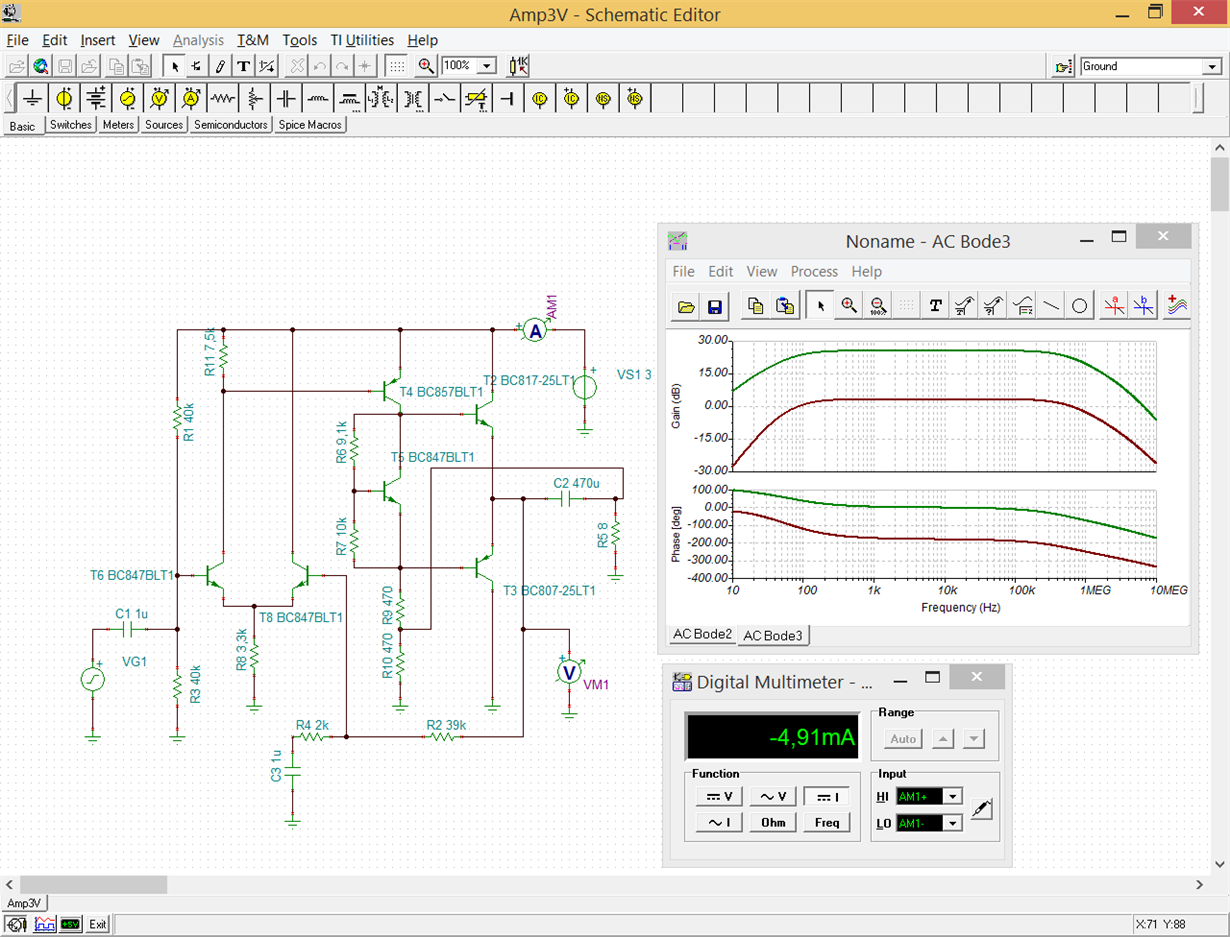Other Parts Discussed in Thread: TINA-TI, LM4819, LM4861, LM4902
Dear Forum Members,
I would like to use LM386 in the 2..3V supply range as replacement for TDA2822. I would like to ask remarks whether this idea is resonable or
the circuit design tolerates this operating condition?
Taking a focus onto its internal schematic (biasing, room for signal swings etc.), it seems to be OK. /However, the available output power can be smaller then specified, of course/.
Thank you for your responses!
Kind regards
Jospeh


